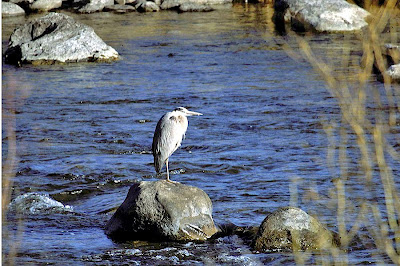National Bison Range, Montana, 1908
While Teddy Roosevelt set aside some of the first Wildlife Areas by Executive Order starting in 1903, by 1908 he finally got Congress to agree to a Nationwide allocation and management program . And, the National Bison Range was established with the first Congressional appropriations ever made for the purchase of lands for a national wildlife refuge. The original herd of bison, released in 1909, was purchased with private money from the American Bison Society; the herd was then donated to the Range. The National Bison Range helped bring the bison back from the edge of extinction. Today, 350 to 500 bison call the Range home.
Much of the Range was once surrounded by prehistoric Lake Missoula, which was formed by a glacial dam 10,000 years ago. The old beach lines of Lake Missoula are still visible on north-facing slopes. Today, the National Bison Range has a diversity of habitats, including grasslands, Douglas fir and ponderosa pine forests, riparian areas, and ponds. The National Bison Range is one of the last intact publicly-owned palouse prairie grasslands in the United States.
In addition to herds of bison, the Range supports populations of elk, mule deer, white-tailed deer, pronghorn, and bighorn sheep as well as coyotes, mountain lions, bears, and bobcats. The Refuge has recorded 211 bird species.
This is one of my favorite Refuges. As you will see from the photos, I have been there at different times of the year: winter, summer, spring, and fall. Much like Yellowstone, it never disappoints. Although, I always go there looking for mammals, occasionally I find a bird or two worth a photo.
 |
| Rocky Mountain Bighorn Sheep - Ram |
 |
| American Bison: I had been looking all the previous afternoon and following morning for Bison. Then to my surprise came across this lone Bull standing in the snow. |
 |
| Elk getting a drink from a small pond. |
 |
| Mule Deer: still velvet on their antlers, late Summer. |
 |
| Pronghorn in Thistles |
 |
| Pronghorn in Snow |
 |
| White Tailed Deer: When Whitetails are calm their tails are down. When they are cautious, there tails are horizontal. When they are nervous, their tails are up. Here are three Whitetails showing all three positions. (Photo from 1992) |
 |
| Blue Grouse: a pleasant surprise. |
 |
| Lazuli Bunting |




















































